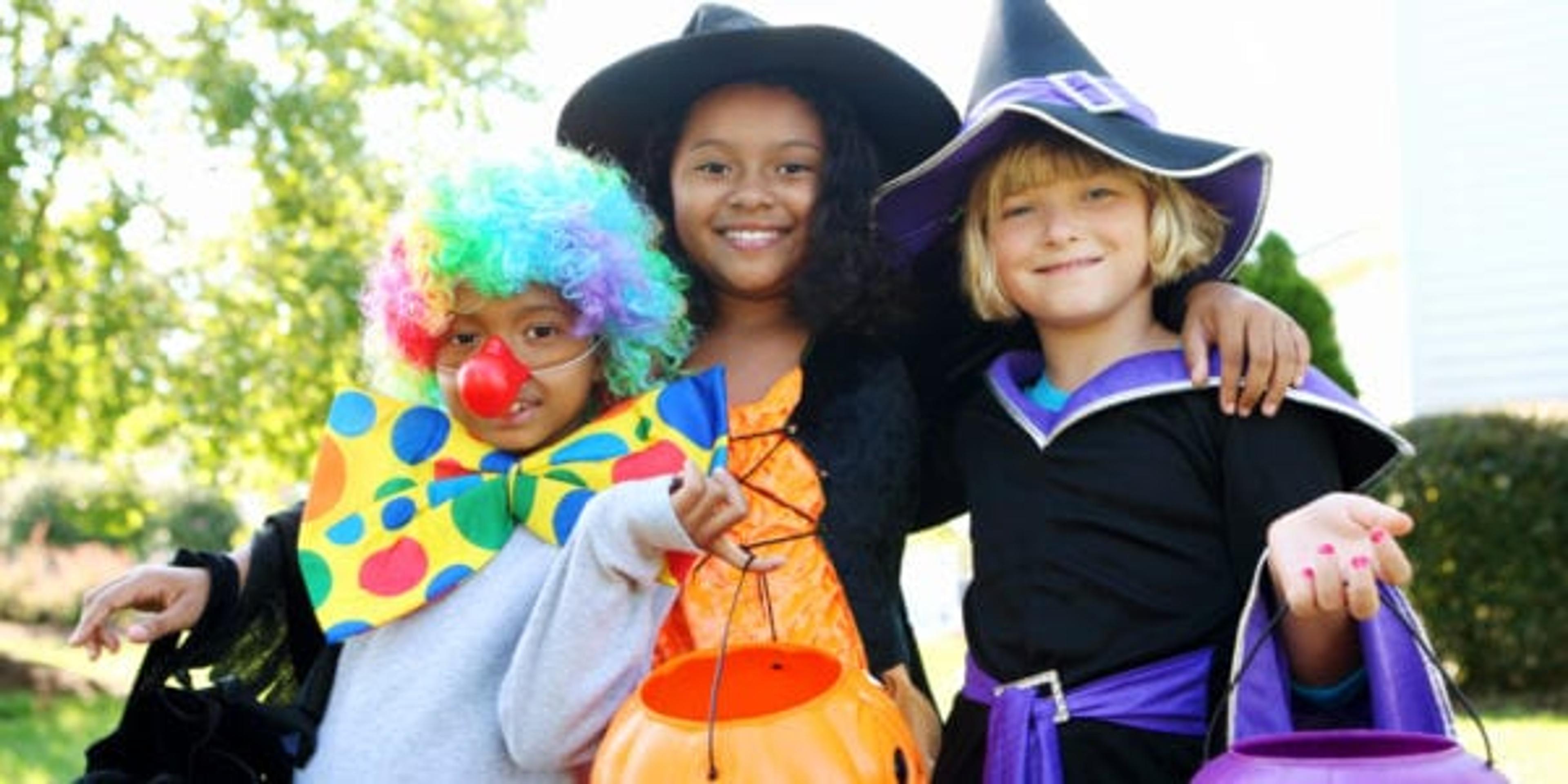Having a Safe, Happy and Healthy Halloween
Registered Dietician
| 3 min read

Halloween can be a scary time of year, and not just because of the frightful flicks and creepy crawlers.
It can be a chilling time of year for your child’s health when you consider the amount of sugar, fat and calories that he or she can consume after a long night of trick-or-treating.
While enjoying a few sweet treats is part of the fun, there are plenty of easy ways to make the year’s spookiest night a healthy one for your child and others in the neighborhood.
Dinner First, Treats Later: Eating a nutritious and filling meal before heading out to trick-or-treat can be a great way to ensure little ones do not overindulge in treats throughout the night. Though a few snacks along the way are probably guaranteed, full tummies will discourage them from making candy their dinner.
When your little monster comes home with a basket full of candy, it’s likely they will want to eat their way through the entire evening’s haul of treats. But gorging on multiple pieces of candy in one sitting not only leads to a stomachache, but an extreme intake of sugar, fat and calories, which can cause stress to your child’s system.
Help the holiday last a little longer by allowing your child to pick one piece of candy to enjoy on Halloween. Save the rest for the following days and weeks (one piece a day). Keep treats in the pantry so they’re not in your child’s sight, causing temptation.
Keep Walking: Halloween can be a great time to emphasize the importance of staying active, especially when considering all the extra, candy-induced calories.
While it might be tempting to drive from house to house, it’s important to dress for the weather and keep moving. To put it in perspective, a person would need to dance for 30 minutes to work off the calories from two fun-size chocolate bars. Make a family goal of how many houses to visit and get walking, but don’t forget to bring water!
Share the Wealth: Americans are projected to spend $2.6 billion on Halloween candy this year. Children in bigger neighborhoods tend to bring home a hefty number of goodies and if moderation is exercised, will not be able to consume all their candy.
One way to lessen the amount collected is to use a smaller bag. Still, to ensure nothing goes to waste, there are donation programs that will take leftover candy and ship it to those without access such as Operation Gratitude, which sends candy to U.S. Troops. Some dentists even participate in a candy buy-back program that allows them to pay children one dollar for every pound of candy donated.
Trick-or-Treating Safety Reminders:
- Take caution and drive slowly around the neighborhoods. Be on the lookout for kids crossing at sidewalks and driveways. Remember to take it slow.
- Make sure your child’s costume does not present a trip hazard or obstruct his or her vision. Be sure to bundle up if it’s rainy or cold.
- Keep walking areas around your house clear of obstacles so trick-or-treaters have an open path. Be especially careful to place jack-o-lanterns or other candlelit decorations in a place where they won’t pose a fire hazard.
For more ideas on how to have a healthy Halloween, check out these posts:
• Halloween Costumes: Dress Up for Spooky-Yet-Safe Fun
• Need Quick, Healthy Halloween Treats? We’ve Got Spooky, Fun Recipes Here!
• Is Your Halloween Face Paint Safe?
• Halloween Costumes: Dress Up for Spooky-Yet-Safe Fun
• Need Quick, Healthy Halloween Treats? We’ve Got Spooky, Fun Recipes Here!
• Is Your Halloween Face Paint Safe?
Photo credit: kirin_photo





